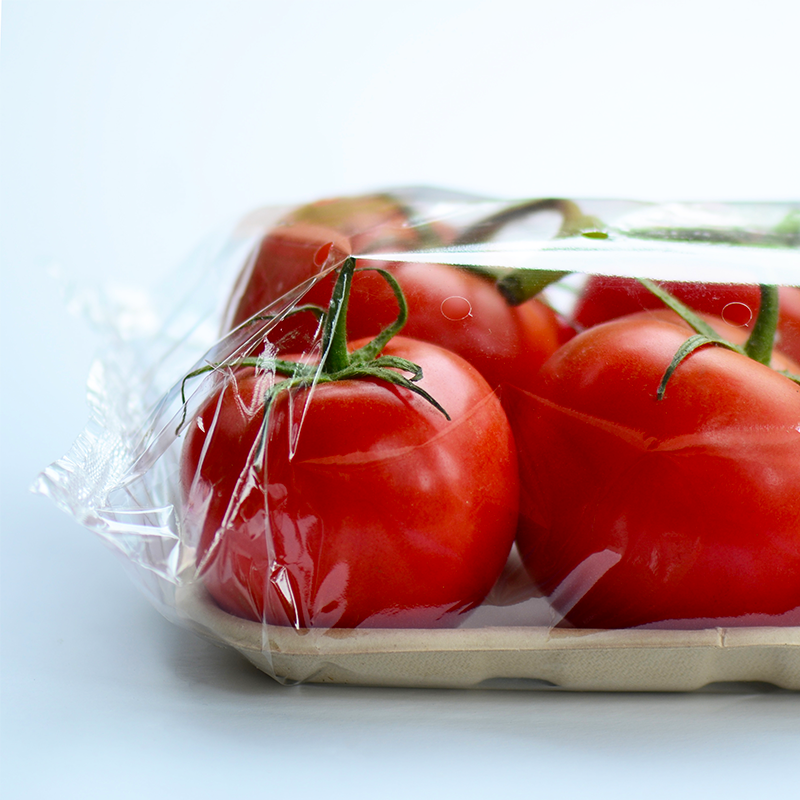Saving the Food, accelerated shelf-life test and more
TFTAK researcher Kärt Leppik performed in Estiko Plastar webinar “Saving the Food: The Role of Packaging’s Functionality & Attractiveness” on April 13th-14th 2021. The webinar focused on different factors affecting food shelf-life and sharing a valuable know-how to extend food products shelf-life, reduce packages environmental impact and furthermore – even improve the attractiveness of products by combining the right packaging and properties of food products.
TFTAK presentation gave an overview of main factors affecting food shelf-life stability, including introduction about chemical, physical, microbiological and biochemical processes happening with food products during storage. For example, the presentation introduced the meaning of water activity value and how it impacts the reactions in food products during shelf-life. Also, possibilities to avoid different processes, like fat oxidation, starch crystallization, syneresis, lipolysis and proteolysis were introduced. The main internal and external factors affecting food shelf-life were presented and discussed.
One part of the presentation was an overview of different shelf-life tests, their pros, cons and possibilities of use. For example, it was introduced that real-time tests are used for short shelf-life products with mainly microbiological processes, but accelerated shelf-life tests are conducted with long-storaged products which main reactions are physico-chemical processes. The methodology of acceleration was introduced, where it was emphazised that with changing the storage environment it is possible to accelerate the processes happening during storage. This is a time-effective way to assess the quality of long shelf-life products with shorter time. The models for accelerated storage tests are unique for each food product, depending on the main processes occurring during storage.
Our researcher Kärt Leppik concluded in her presentation that in order to achieve the expected shelf-life of a food product, it is necessary to define the product properties, find possible quality degradation causes, describe necessary storage conditions, determine the expected shelf-life, choose suitable packaging materials and environments and conduct a suitable shelf-life test.
Presentation in Estonian: Estiko Webinar: Toidu raiskamise vähendamine: pakendi funktsionaalsus & atraktiivsus – YouTube
Presentation in English: Estiko’s Webinar: Saving the Food: The Role of Packaging’s Functionality & Attractiveness – YouTube
Contact Kärt Leppik with additional questions by e-mail using the contact form below.
